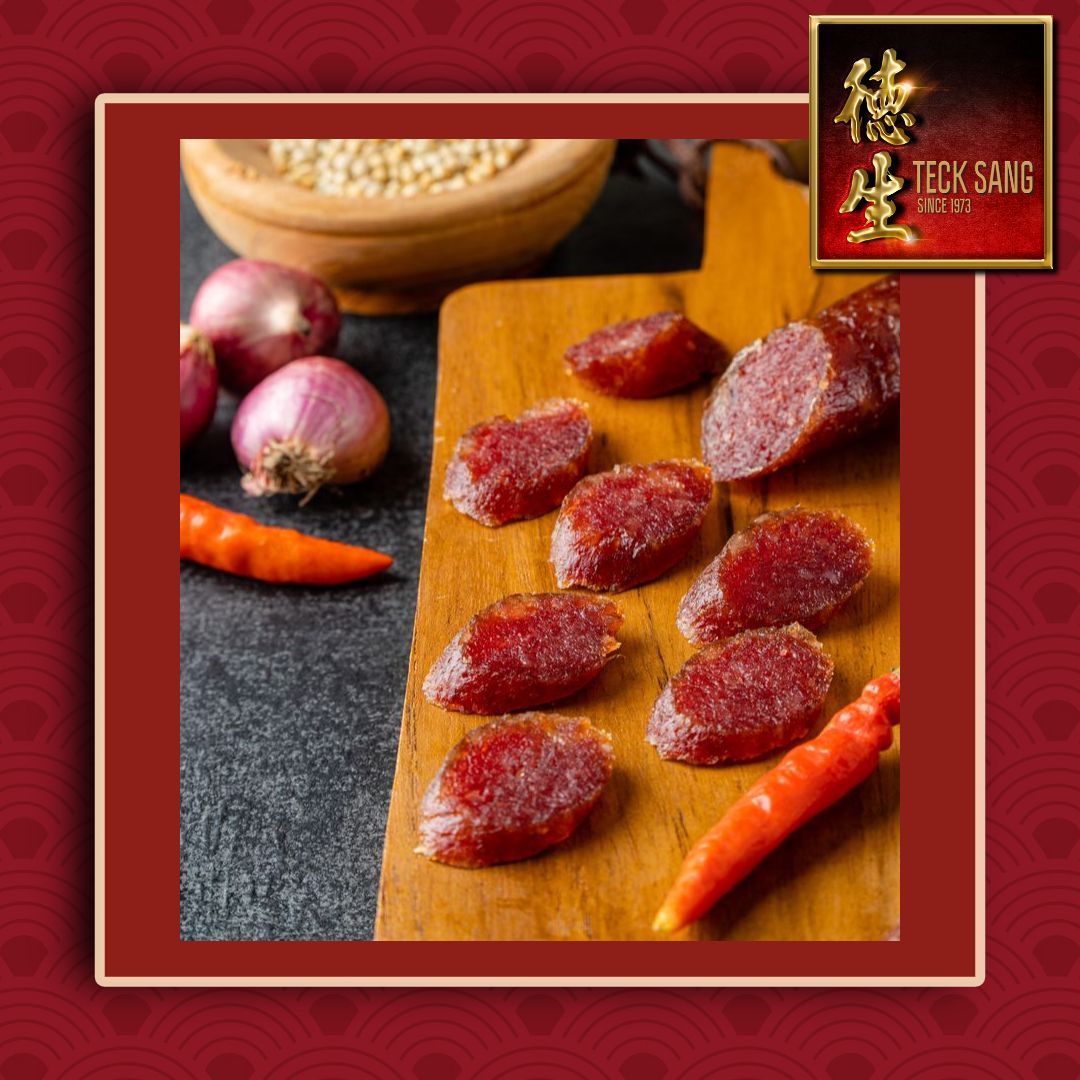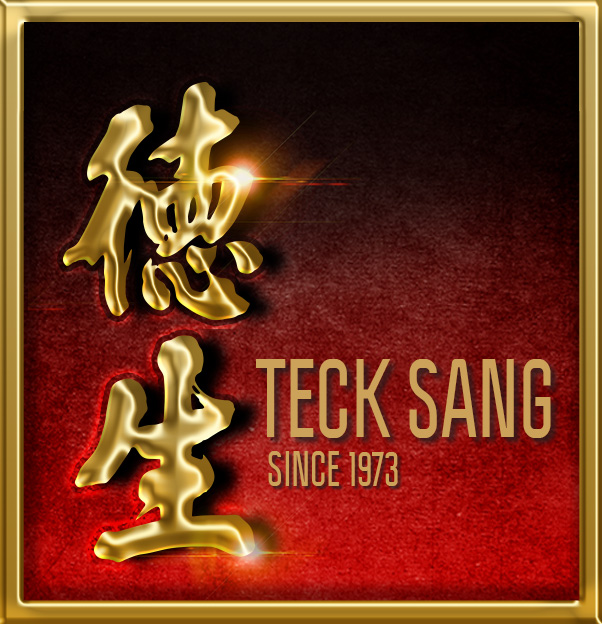
The realm of gastronomy boasts a plethora of delightful creations, but few dishes can rival the complexity and richness of Lap Cheong, the Chinese sausage. More than just a culinary delicacy, understanding the ingredients and additives used in Chinese sausage can provide insight into its unique flavor profile and offer options for various dietary needs.
What are the main ingredients used in Chinese sausage?
Lap Cheong is traditionally crafted from a select blend of ingredients that contribute to its characteristic taste. The primary ingredient is pork, specifically a mix of lean meat and fat, which is responsible for its juicy, succulent texture.
Alongside pork, Chinese sausage is seasoned with a variety of spices and flavorings. These typically include soy sauce, salt, sugar, and rice wine, which impart the sausage's distinct salty-sweet flavor. The addition of spices such as star anise and cinnamon gives Lap Cheong its aromatic undertones, rounding out its unique taste profile.
Are there any artificial additives or preservatives in Chinese sausage?
The use of artificial additives or preservatives in Chinese sausage can vary between manufacturers. Traditionally, Lap Cheong is air-dried and smoked, a natural preservation process that lends to its long shelf-life. However, some commercial brands may use artificial preservatives such as sodium nitrite to extend the product's longevity and maintain its vibrant color.
Similarly, artificial additives like monosodium glutamate (MSG) may be used to enhance the sausage's flavor. If you're concerned about artificial additives, it's always a good idea to check the product's ingredient list. Many brands offer all-natural versions of Chinese sausage that do not include these additives.
Are there any gluten-free options for Chinese sausage?
Yes, there are gluten-free options for Chinese sausage available. Some brands specifically produce gluten-free Lap Cheong by substituting traditional soy sauce (which contains wheat) with tamari or a similar gluten-free alternative.
However, it's crucial to check the packaging for a gluten-free label, as not all Chinese sausages are free from gluten. If you're adhering to a gluten-free diet due to health conditions like celiac disease, it's particularly important to ensure the product you choose is safe to consume.
In summary, the ingredients and additives used in Lap Cheong contribute significantly to its distinctive flavor and texture. Understanding these components can help you navigate your dietary needs while still enjoying the rich taste of this Chinese delicacy. Whether you prefer the traditional recipe or opt for a gluten-free or additive-free variant, the world of Chinese sausage offers something for every palate. Savor the unique essence of Chinese cuisine with Lap Cheong, knowing you've chosen an option that aligns with your dietary preferences and needs.


